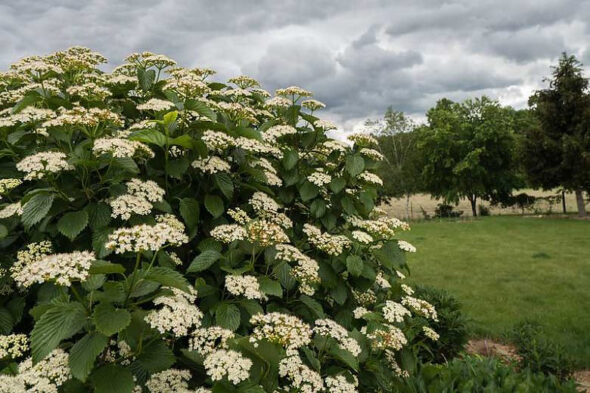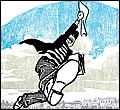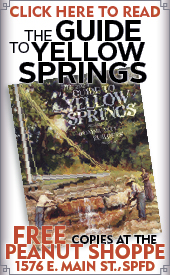
Arrow-wood viburnum (submitted photo)
Down to Earth | Plant native shrubs this fall
- Published: October 9, 2025
By Catherine Zimmerman and Eileen Ellsworth
Fall is the perfect time of year to add new plants to your landscapes, especially shrubs. They anchor a garden for many years and are an ideal choice for fall planting. It may seem counterintuitive to invest in any new plants with cooler weather on the way, but the winter to come is what provides the advantage, allowing the roots to get established well before being hit by the next summer’s heat. If you install the plants properly and faithfully water for the first few weeks, they will grow and thrive beyond expectations. You can plant well into mid-December as long as the ground is not frozen.
Purchasing native plants, shrubs and trees has never been easier. Several local nurseries specialize in native plant offerings, and as consumer demand has risen for native species, conventional garden centers have jumped onboard to fill that demand.
You may think you don’t know enough to pick the right plant. Remember, we’re talking about native plants here. And native plants have lived in Ohio about 100 million years longer than humans have been alive on the planet. They know exactly what they’re doing, even if we don’t. We can trust that just about any native shrub we plant will grow, so long as its light and water requirements are more or less met. They can adjust and adapt in surprising ways non-natives can’t. They have evolved in local soil under local climate conditions. Water them a bit more during very hot or dry spells, and all will be well. They’ve got this.
Where to plant the shrub: Look for an empty spot, or one that currently contains a non-native species you’ve been meaning to remove. The key is, right plant, right place. Pay attention to the plant’s cultural needs. Take some time to access the spot. How many hours of direct sun does it get? Is it morning or afternoon sun? Does it collect water, or does it drain well? Consider the size of the space. You want to make sure to account for growth. How tall and wide will the plant be at maturity. Luckily, this information can generally be found on the plant tag.
What kind of native shrub to buy: Winterberry, red chokeberry, highbush blueberry, spicebush, buttonbush, arrow-wood viburnum, witchhazel, wild hydrangea and many more. They are all wildlife powerhouses. Here’s the most important thing to remember when making this decision: It doesn’t matter what species you choose, and you can’t make a wrong choice. Any new native shrub will contribute to biodiversity, strengthen the food web, act as a host for some native insect species and stabilize the soil. Many species will only set fruit if you plant two of them. For example, winterberry needs a female and male plant to produce fruit. In adding a shrub with berries, you are also helping to attract and feed the birds.
Where will I buy the shrub? In the case of the one-day native plant sales, you may want to call the grower or seller a couple of days in advance and ask them to make sure they will be bringing the shrub you are seeking. If not, many folks will work with you directly to make sure you get what you want. You can find information on how to choose and where to buy a shrub on our Wildlife Habitat Community website: yswildlifehabitat.com/plantfinder. Another useful link: wildflower.org will give good information about plant culture requirements and native origin. Also, check out local Stony Creek Garden Center, Siebenthaler’s and Deeply Rooted Landscapes. Fall sales bring lots of deals. Take advantage!
Despite any worries, chances are excellent that next spring you will find yourself enjoying and getting to know a new, happy, fruitful, flowerful native shrub that is anchored in our soil and smiling at the sun. And, of course, we have the native plants themselves, who figure it all out anyway, with or without us.
The Yellow Springs News encourages respectful discussion of this article.
You must login to post a comment.
Don't have a login? Register for a free YSNews.com account.















No comments yet for this article.